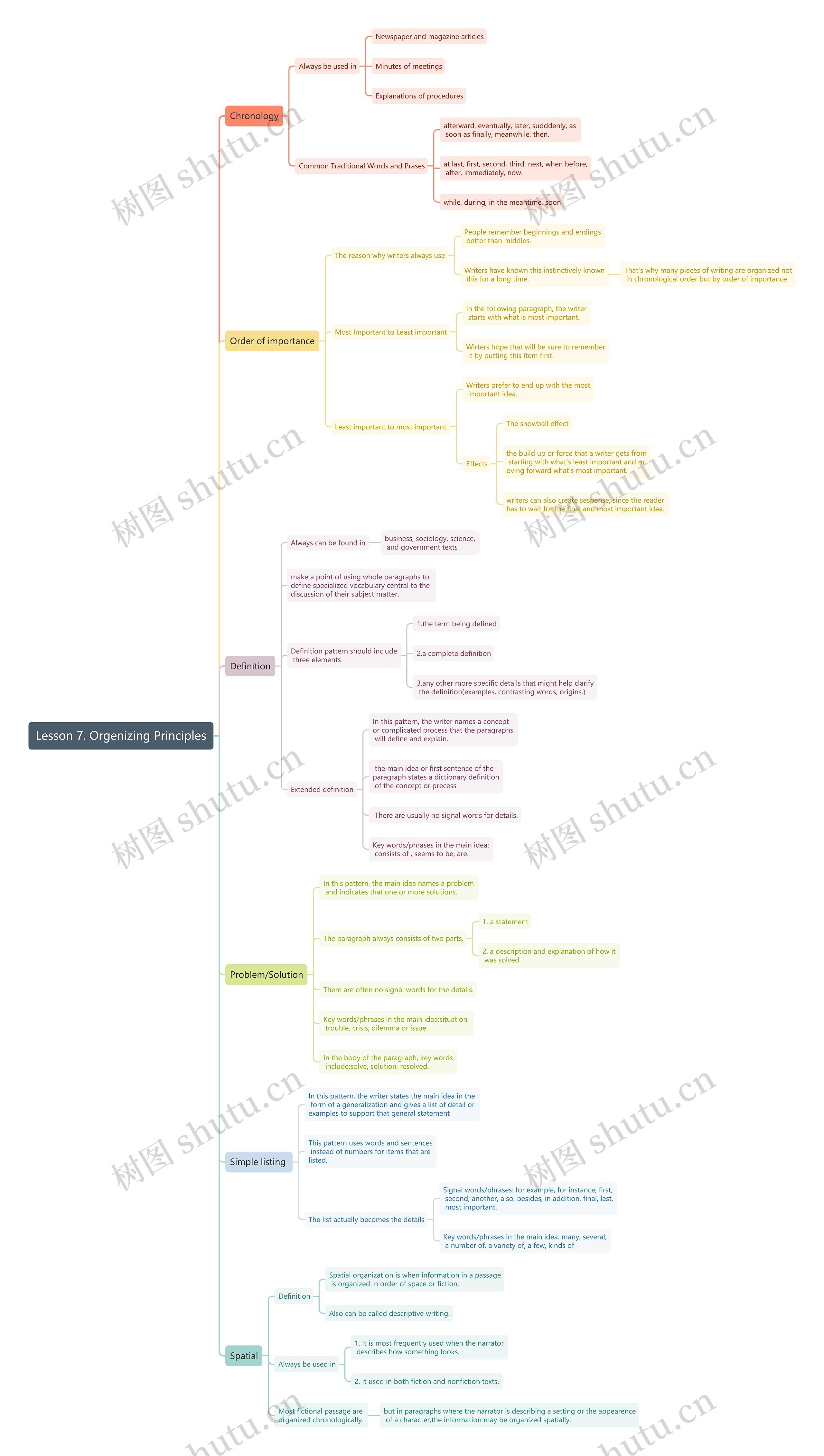Lesson 7. Orgenizing Principles思维导图
小圆冲冲冲
2023-03-30

Lesson 7. Orgenizing Principles
树图思维导图提供《Lesson 7. Orgenizing Principles》在线思维导图免费制作,点击“编辑”按钮,可对《Lesson 7. Orgenizing Principles》进行在线思维导图编辑,本思维导图属于思维导图模板主题,文件编号是:9703a0e21d159d8704b8ff17d2714747

Lesson 7. Orgenizing Principles
树图思维导图提供《Lesson 7. Orgenizing Principles》在线思维导图免费制作,点击“编辑”按钮,可对《Lesson 7. Orgenizing Principles》进行在线思维导图编辑,本思维导图属于思维导图模板主题,文件编号是:9703a0e21d159d8704b8ff17d2714747